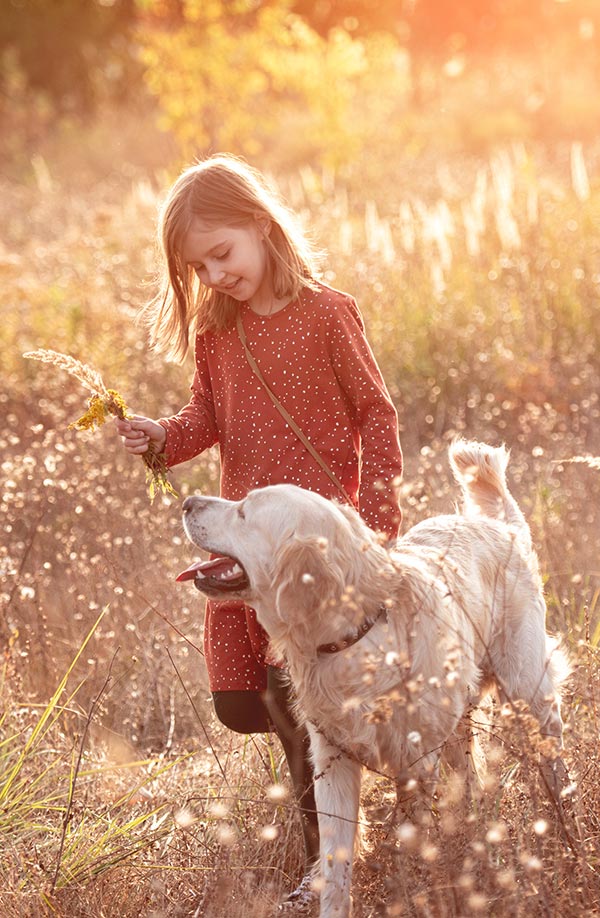Train Without Pain Resource Library
Preparing Kids for a New Dog
Adopting a new dog or bringing home a puppy is an exciting time for any family, especially for children! But it’s important to prepare ahead of time to ensure success and safety for all. Here are some tips for getting your kids ready to have a new four legged friend in the family:
- Set up management and discuss boundaries. Because any time a dog and child are interacting there should be full, awake adult supervision, management is very important in a home with both dogs and children. Setting up dog-free spaces where the children’s toys can live without danger of gnashing puppy teeth is just as important as setting up child-free spaces where dogs can enjoy a chewy without worry about being approached. Whether you are using crates, x-pens, baby gates, or other forms of management, discuss these items ahead of time and explain to your kids what they mean – for example a dog in a crate is to be left alone.
- Have realistic expectations. Young children developmentally do not have the impulse control skills to listen and follow all instructions, even if they are given for safety reasons.
Understanding your child’s particular tendencies will help you create set ups that are fail-proof for both the humans and the canines involved. For example, if leaving the dog alone while in his crate is too hard, adding an x-pen around the crate, or putting the crate in a different room are ways to create an extra layer of security. - Practice appropriate petting. Using a stuffy can be a great way to practice gentle, appropriate petting. Most dogs do not like to be pet on the head, nor do they like to be hugged. Petting with one hand on the side or chest are usually the best options for a relaxed dog that is comfortable with touching. Teach your children the “three second rule” – pet for three seconds, then stop, and see if the dog moves in for more, or moves away.
- Discuss body language. As the Family Paws saying goes, “Eyes, ears, tail, muzzle, gather the clues to solve the puzzle.” Teach your children to look at different body parts to gain an understanding of what that dog might be feeling. Are the ears pinned back, or in their normal perky position? Are their eyes hard, with a lot of the white showing, or pupil dilated? Or are they soft and relaxed? There is a lot more to think about than just a wagging tail! There lots of games and books that can help you and your children practice these observation skills.
- Discuss roles. Your child’s age and maturity level will determine the appropriate level of involvement for them to have with the dog. Plan and discuss ahead of time what their involvement will be! Kids can be great training helpers, for example, and can do lots of fun stuff to prep enrichment activities for the dogs, but shouldn’t be given the responsibility of walking a dog by themselves, especially a large or untrained dog. By having a clear picture of what having a dog may be like ahead of time, you will avoid potential disappointment or misunderstanding.
- What do I do if… Think ahead of time about specific scenarios that may be challenging for your children, and give them specific instructions for how they can respond. Practicing is also helpful! For example, “What do I do if puppy steals my toy?” “You can find an adult and ask them to trade the puppy for an appropriate toy.” It is helpful to discuss what to do instead of just what not to do (ie “Don’t chase the puppy, don’t try and take something out of her mouth, etc.”).
